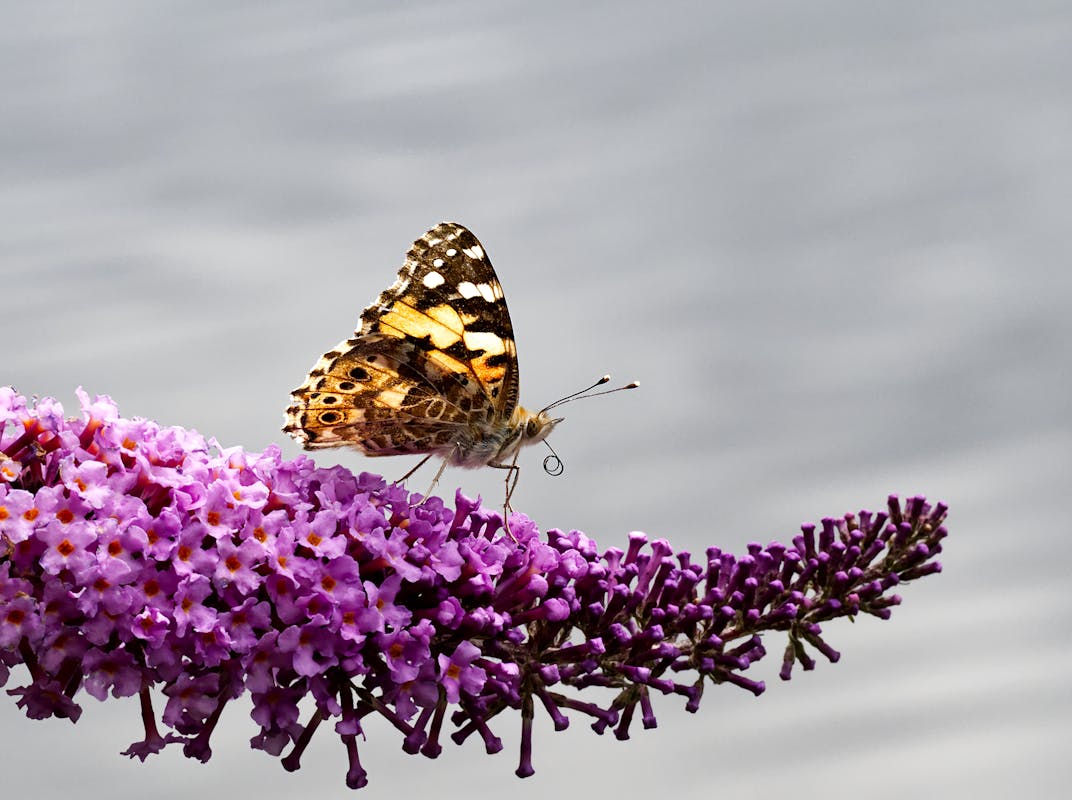In this guide, we’ll walk you through the methods of propagation, tips for success, and care for your new plants.
Methods of Propagation
There are several effective ways to propagate Butterfly Bush, with the two most popular methods being cuttings and seed propagation. Each method offers unique benefits and requires slightly different care.
1. Propagation by Cuttings
This is the most common and effective method of propagating Butterfly Bush.
When to Take Cuttings:
The best time for taking cuttings is during late spring to early summer when the plant is actively growing.
How to Take Cuttings:
Choose healthy stems that are about 6 to 8 inches long. Aim for stems that are semi-hardwood, meaning they are no longer soft and flexible.
Using clean, sharp pruning shears, cut just below a node (the bump on the stem where leaves emerge).
Remove the lower leaves, leaving a couple of leaves at the top of the cutting to facilitate photosynthesis.
Rooting the Cuttings:
Dip the cut end in rooting hormone to promote root development.
Plant the cutting in a pot filled with a well-draining potting mix or a mix of peat and perlite.
Water the soil lightly and place the pot in a warm, indirect light location.
Covering the pot with a plastic bag can create a mini-greenhouse effect, maintaining humidity. Just remember to check on them regularly to prevent mold growth.
Aftercare:
Keep the soil moist, not soggy. In about 4 to 6 weeks, roots should develop.
Once rooted, acclimate the new plants to outdoor conditions gradually before transplanting them into the garden.
2. Propagation by Seeds
If you’re interested in starting your Butterfly Bush from seeds, it can be done, although this method takes longer and requires more patience.
Collecting Seeds:
Wait until the seed heads have dried on the plant (usually in late summer to early fall).
Once they are dry, collect the seeds.
Preparing for Germination:
Butterfly Bush seeds require a period of cold stratification. Place the seeds in a sealed plastic bag with a bit of moist peat moss and refrigerate them for about 30 days.
After the chilling period, plant the seeds in seed trays filled with a seed-starting mix.
Keep the soil consistently moist and place the trays in a warm, sunny location.
Transplanting:
Seedlings typically emerge within 2 to 3 weeks. Once they have a few true leaves, they can be transplanted into larger pots or directly into the garden, ensuring they are hardened off first.
Caring for Your Butterfly Bush

Regardless of how you propagate your plants, proper care is key to their success.
Watering: Water newly planted Butterfly Bush shrubs deeply but infrequently to encourage deep root growth. Mature plants are drought-tolerant once established.
Pruning: To encourage a bushier shape and more blooms, prune back the Butterfly Bush in late winter or early spring. This will stimulate new growth and flower production.
Fertilizing: While Butterfly Bushes do not require a lot of fertilizer, a balanced, slow-release fertilizer in the spring can stimulate growth and flowering.
Attracting Pollinators
By growing Butterfly Bush, you’re supporting local wildlife, particularly butterflies and bees. Planting different varieties of Butterfly Bush can enhance biodiversity, as different species may attract various pollinators.
Final Thoughts
Propagating Butterfly Bush can be a delightful project for gardeners looking to beautify their space and create a habitat for pollinators. Whether you choose to propagate by cuttings or seeds, with a little care and patience, you can enjoy an abundance of these stunning flowers. So gather your materials, get your hands dirty, and watch as your garden transforms into a colorful haven for butterflies and other pollinators.





